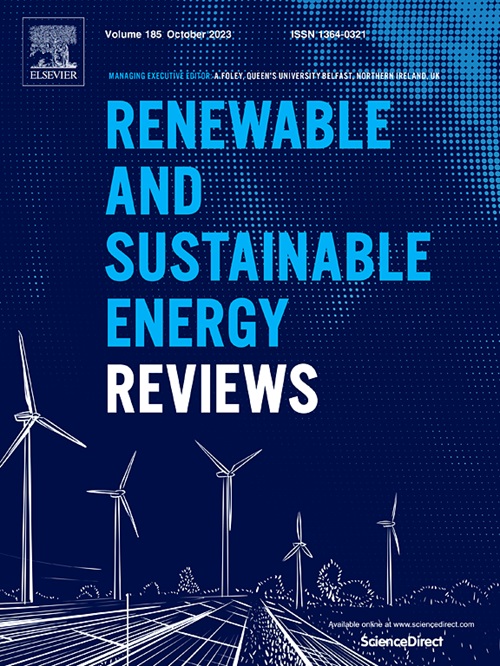Rare earth elements and yttrium in Chinese coals: Distribution and economic significance
IF 16.3
1区 工程技术
Q1 ENERGY & FUELS
引用次数: 0
Abstract
Rare earth elements and yttrium (REY) are essential strategic materials in emerging fields. REY are becoming scarce and expensive as their resources in conventional ores are becoming exhausted. Some previous investigations showed that a number of coals can be considered as a new economic source of REY. However, how many coals can be used as a source of REY recovery is still unknown. This research employed the Kruskal-Wallis H test, Dunn's test, and the self-organizing map algorithm to comprehensively analyze and subsequently predict the REY oxides potential in coals from China, using data from 888 coal samples collected from 64 coal mines across China. The results showed that some Chinese coals hold significant economic value and promise for the recovery of REY, particularly in the Southern and Northern coal-bearing areas. The enrichment of REY exhibits significant variations across different coal-forming periods. The coals from the Carboniferous to Triassic periods show the most promising potential for REY recovery. REY have shown strong associations with Ti, Al, Zr, Hf, Ga, Nb, Ta, and P, which may serve as geochemical indicators for REY enrichment prospection. Owing to the multiple origins of REY enrichment in coal, the coals with a promising REY recovery are characterized by different geochemical compositions. Most coal samples with promising potential for REY recovery yield Class F ash.
求助全文
约1分钟内获得全文
求助全文
来源期刊

Renewable and Sustainable Energy Reviews
工程技术-能源与燃料
CiteScore
31.20
自引率
5.70%
发文量
1055
审稿时长
62 days
期刊介绍:
The mission of Renewable and Sustainable Energy Reviews is to disseminate the most compelling and pertinent critical insights in renewable and sustainable energy, fostering collaboration among the research community, private sector, and policy and decision makers. The journal aims to exchange challenges, solutions, innovative concepts, and technologies, contributing to sustainable development, the transition to a low-carbon future, and the attainment of emissions targets outlined by the United Nations Framework Convention on Climate Change.
Renewable and Sustainable Energy Reviews publishes a diverse range of content, including review papers, original research, case studies, and analyses of new technologies, all featuring a substantial review component such as critique, comparison, or analysis. Introducing a distinctive paper type, Expert Insights, the journal presents commissioned mini-reviews authored by field leaders, addressing topics of significant interest. Case studies undergo consideration only if they showcase the work's applicability to other regions or contribute valuable insights to the broader field of renewable and sustainable energy. Notably, a bibliographic or literature review lacking critical analysis is deemed unsuitable for publication.
 求助内容:
求助内容: 应助结果提醒方式:
应助结果提醒方式:


